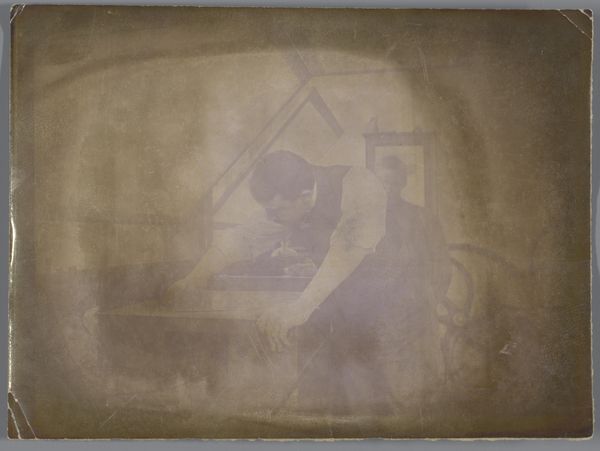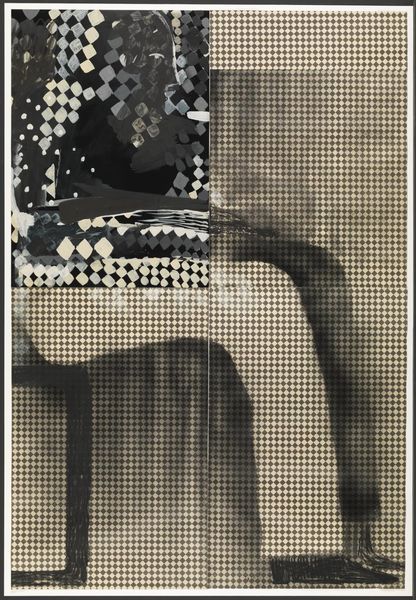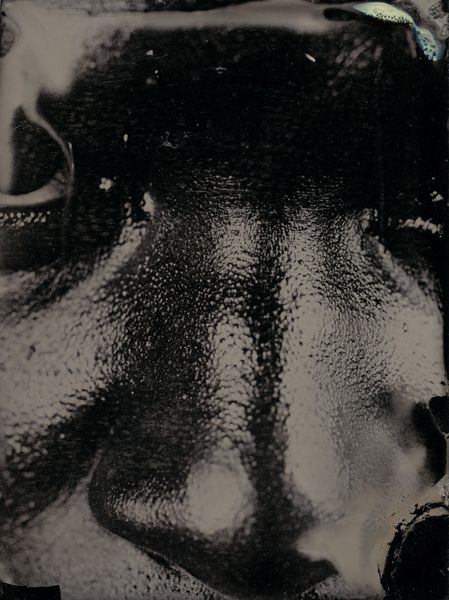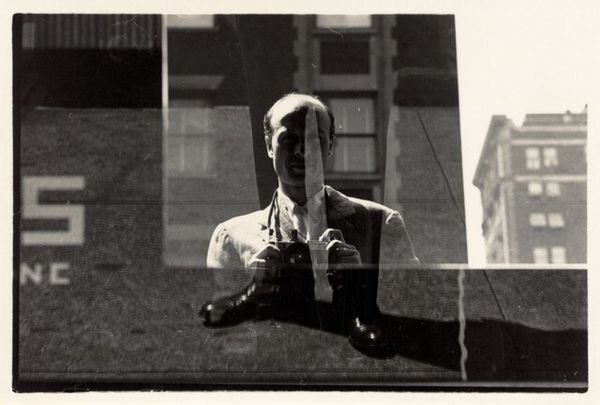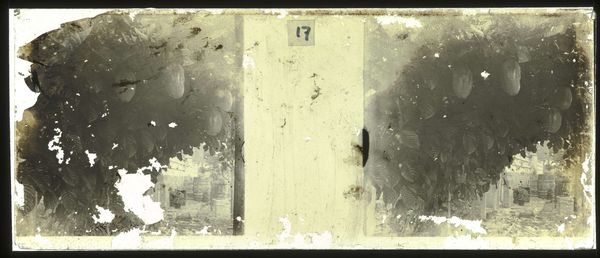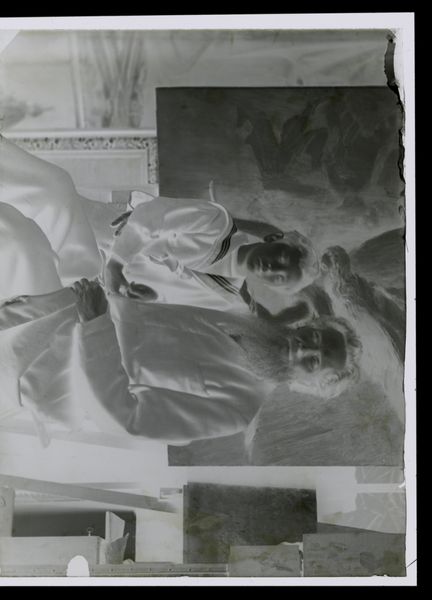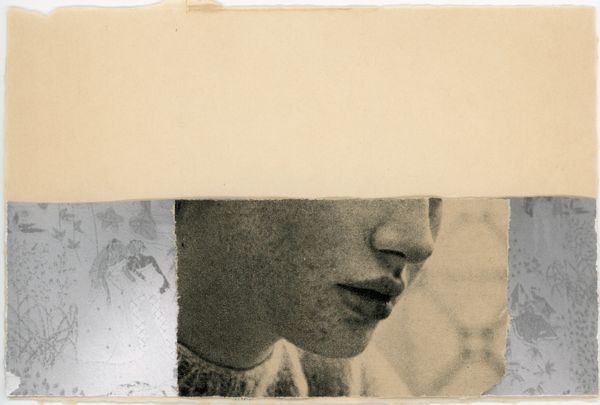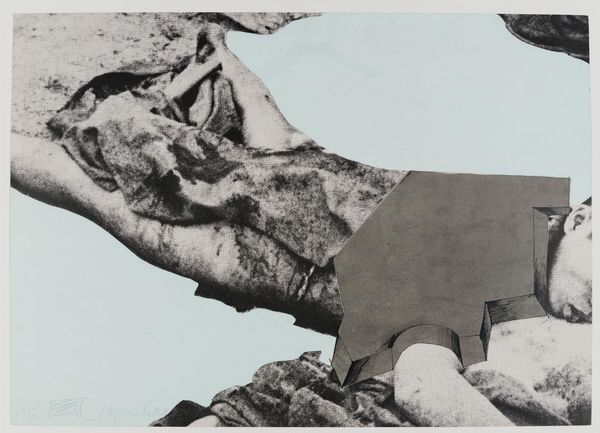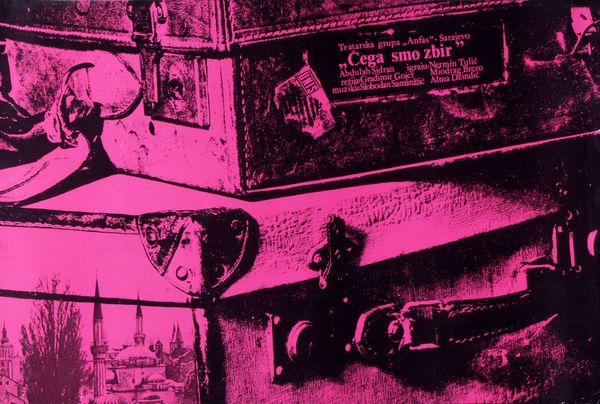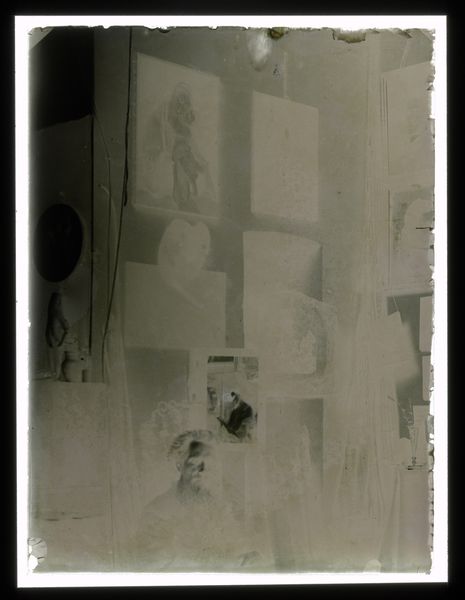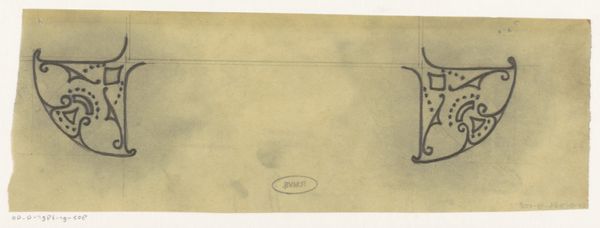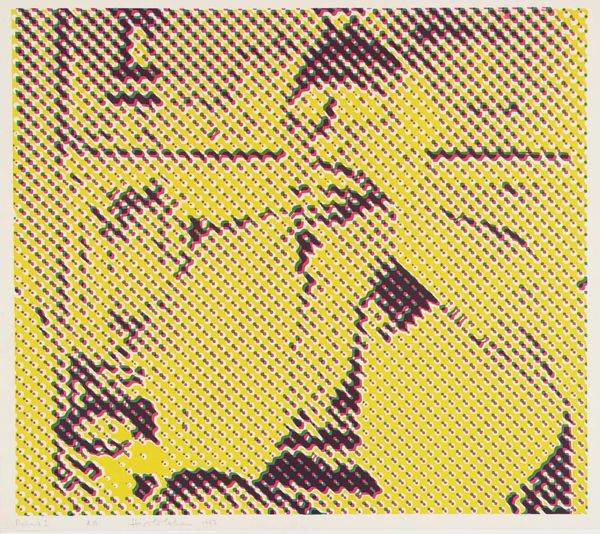
Dimensions: image: 651 x 735 mm
Copyright: © Harold Cohen | CC-BY-NC-ND 4.0 DEED, Photo: Tate
Editor: So, this is Harold Cohen's "Richard II," held at the Tate. The Ben-Day dots give it a pop art feel, but there's something about the obscured face that feels unsettling. What historical context informs this piece? Curator: The obscuring is key. Cohen was deeply interested in artificial intelligence and artmaking. This print, likely made with early computer-assisted methods, explores the role of the artist. Is it Cohen, the programmer, or the computer itself that's creating the image, and thus, meaning? Editor: So, the subject being obscured is almost secondary to the method of creation? Curator: Precisely. The “Richard II” becomes a cipher, a stand-in for the anxieties surrounding automation and artistic authorship in the late 20th century, reflecting how institutions were grappling with technology’s impact. Editor: That's fascinating. I was so focused on the visual, I missed the deeper commentary on art itself. Curator: Often, the most compelling works challenge our assumptions about where art comes from and who it serves.
